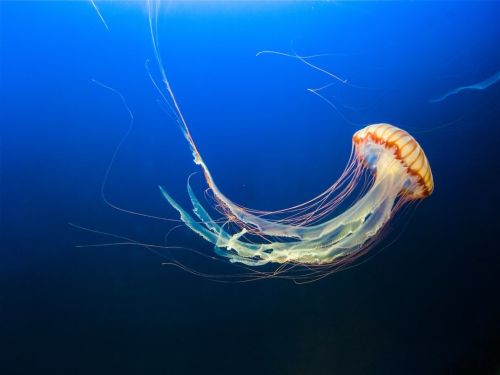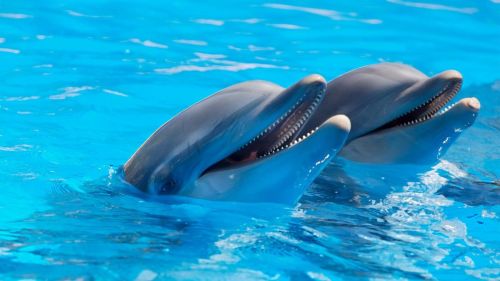22 facts about Horseshoe crab
These very distinctive animals were once much more widespread on earth. They belong to order Xiphosura , of which four species have survived to the pr ...
First, they move with their flexible arms, whereas starfish use tube feet attached to their rigid and practically immobile arms.
Also, starfish have separate digestive and excretory systems, while brittle stars use a single opening for consumption and excretion because their digestive systems are not fully developed.












